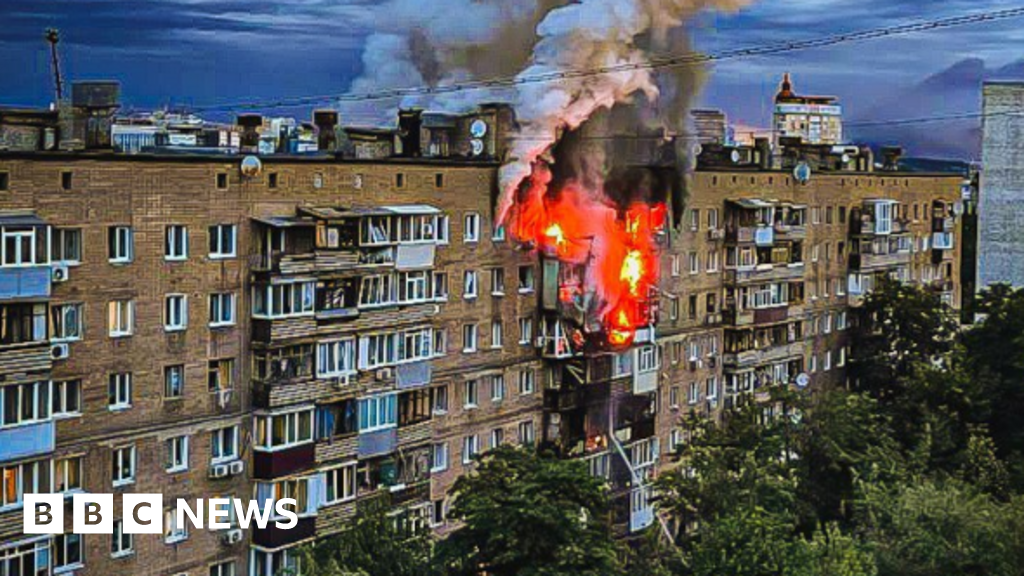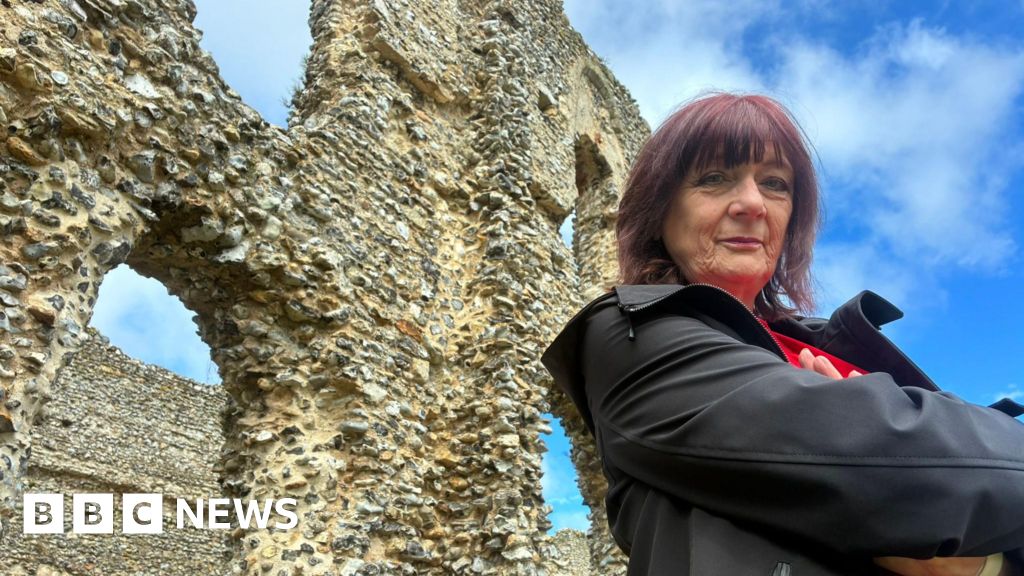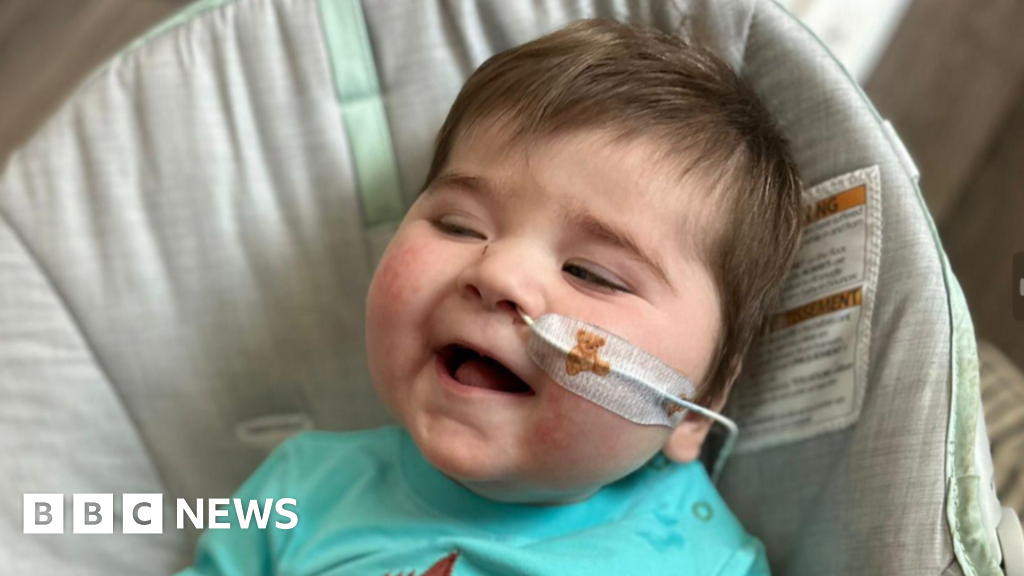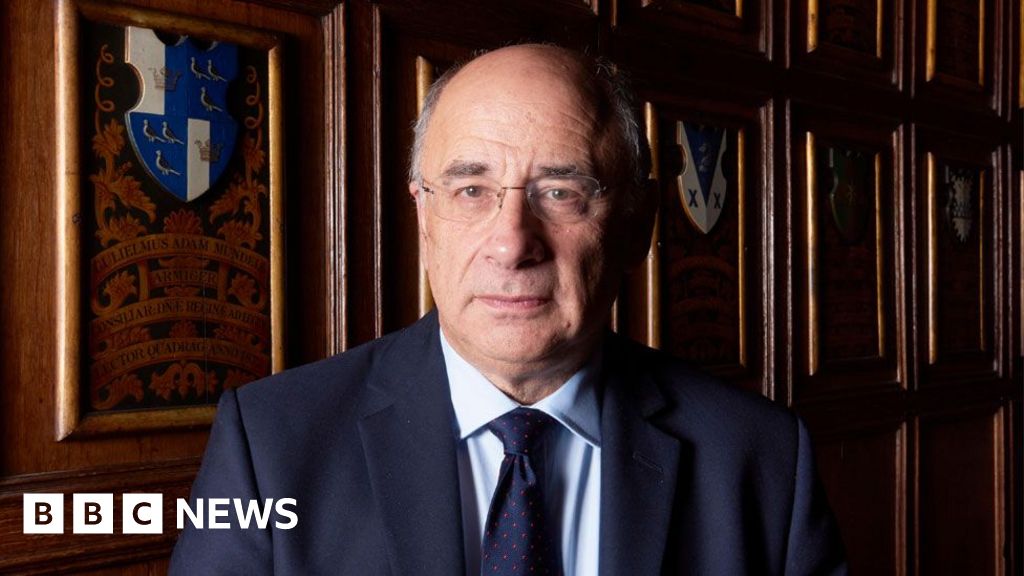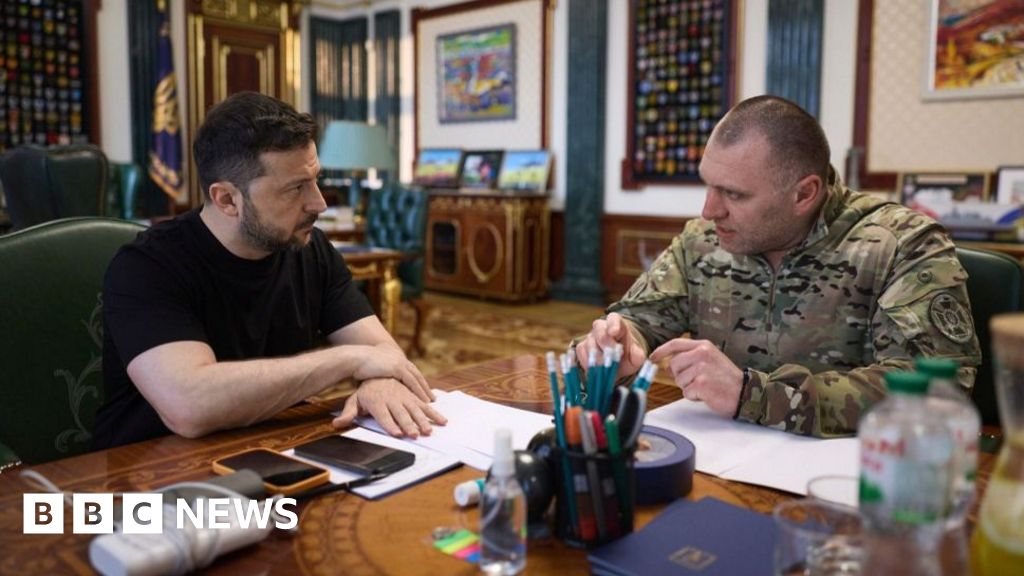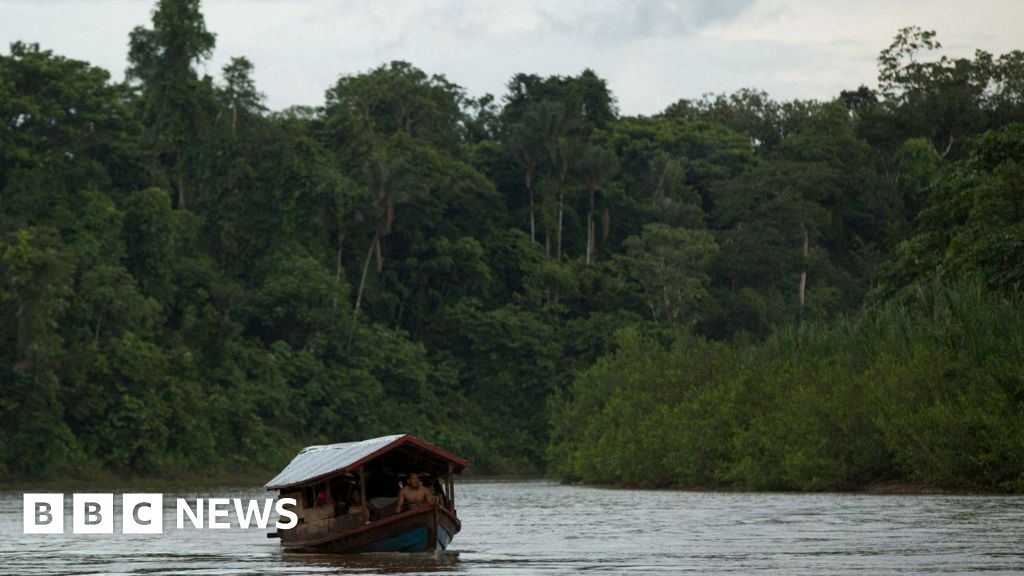Joshua Cheetham, Yi Ma & Matt Murphy
BBC Verify

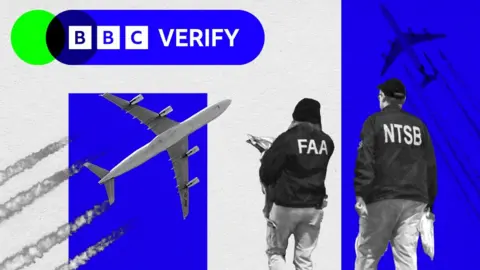 Getty Images
Getty Images
After a series of high-profile disasters, some social media users suggested that air travel accidents were becoming more frequent.
Videos of hair-raising near misses began to trend online and the US Transport Secretary Sean Duffy sought to calm fears in an interview with the BBC's US partner, CBS News. He told viewers that the recent spate of air disasters in America were "very unique".
Duffy's intervention came after several serious incidents, including a mid-air collision in January between a commercial airliner and a military helicopter in Washington DC, in which 67 people died.
Footage of a plane flipping over after landing in poor weather in Toronto, Canada, has also been widely shared online, further fuelling alarm.
And while polling on the subject is limited, one recent Associated Press survey suggested these startling images of accidents have had some impact on some US consumers' confidence in flying.
But BBC Verify has analysed data in the US and worldwide and found that over the past two decades there has been a general downward trend in air accidents.
For the US, figures on air accidents have been compiled by the National Transportation Safety Board (NTSB) up to the end of January this year.
This NTSB data shows a general fall in air accidents in the US from 2005 to 2024 despite a significant increase in the overall number of flights over this period. It also shows that the figure for January 2025 (52), was lower than it was in January last year (58) and January 2023 (70).
Data from International Civil Aviation Organisation (ICAO), a UN body which monitors global air incidents, shows that the number of worldwide accidents per million plane departures has also seen a clear downward trend between 2005 and 2023.
The ICAO definition of an aircraft accident is very broad and not only includes those in which passengers or crew are seriously injured or die, but also incidents where an aircraft is damaged and needs repairs, or goes missing.
Data on the number of deaths in air accidents globally also shows that there has been a decrease over the same period, albeit with spikes in some years reflecting major air disasters.
In 2014, two such events contributed to a significant spike.
In March, Malaysian Airlines flight MH370 disappeared as it travelled from Kuala Lumpur to Beijing with 239 people on board. In July, another Malaysian Airlines plane, MH17, was shot down by a Russian-made missile over eastern Ukraine, killing almost 300.
Data sets such as this are inclined to see sudden, large fluctuations, Prof Sir David Spiegelhalter, Emeritus Professor of Statistics at the University of Cambridge, told BBC Verify.
"If you count fatalities rather than accidents it's bound to be extremely volatile and sensitive to a single large accident," he said.
"Random events do not occur evenly - they tend to cluster. So unfortunately we can expect aircraft accidents to be appear to be connected, even when they are not."
In regards to the series of high-profile accidents over the past few months, Ismo Aaltonen, formerly Finland's chief air disaster investigator, told BBC Verify they are not an indication of a decline in aircraft safety.
"It's very unlucky that we had this period of many different kind of accidents, but people should not draw any conclusions based on this because they are such different cases," he said.
He noted that some incidents over the past few months were unforeseeable, citing an Azerbaijan Airlines flight which crashed in Kazakhstan in December after being targeted by a Russian anti-aircraft missile.
Marco Chan, a former pilot and senior lecturer at Buckinghamshire New University, told BBC Verify that the rise in awareness of air disasters is being further fuelled because "accidents are getting increasing exposure from social media platforms".
One video circulating on TikTok - which has been pulled from a Superman film - shows the hero preventing a jet from smashing into a stadium. Accompanying the clip is the caption: "Pete Buttigieg every single day the last four years, judging by current events." The viral clip suggests that aviation disasters have grown since the ex-US transportation secretary left office in January.
A string of incidents in recent years involving the Boeing 737 Max aircraft has also attracted significant attention in the media and on social media, especially after a door blew out mid-flight in January 2024.
Concerns over that and several other incidents saw some customers boycott planes manufactured by Boeing and a collapse in the company's share price.

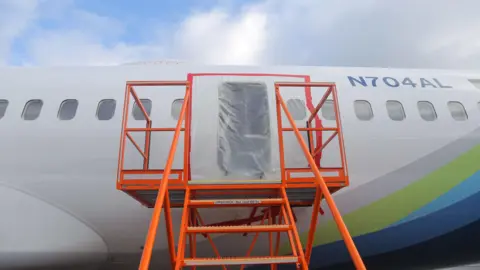 NTSB
NTSB
Boeing shares tumbled last year after the door of one of its jets blew off mid-flight
Experts told BBC Verify that incidents such as these and major crashes are thoroughly investigated by authorities. New details and data from accidents are fed into pilot training simulators so that they can prepare for similar scenarios in the future.
"If you look at simulators today, how advanced they are, they are like real aircraft," said Ismo Aaltonen. "It's completely different to when I started flying more than 40 years ago."
Regulators can also impose penalties for safety violations which include fines, license suspensions and operational restrictions. Airlines can also be banned from countries and blocs if they don't adhere to safety standards.
Despite the recent spate of incidents, air travel remains by far the safest form of travel.
Of all transport-related deaths in 2022 in the US, over 95% occurred on the road, according to the latest available figures from the US Department of Transportation. Fewer than 1% were related to air travel.
And if you look at the figures in terms of fatalities per distance travelled, the comparative safety of air travel is even clearer.
In 2022, there were just 0.001 passenger deaths per 100,000 miles onboard airlines, compared to 0.54 in passenger vehicles, according to the most recent figures from the National Safety Council, a US-based non-profit organisation.
"Be careful how you make your trip to the airport" said Mr Aaltonen. "That's the most dangerous part of the trip compared to the actual flight."



 3 months ago
65
3 months ago
65








